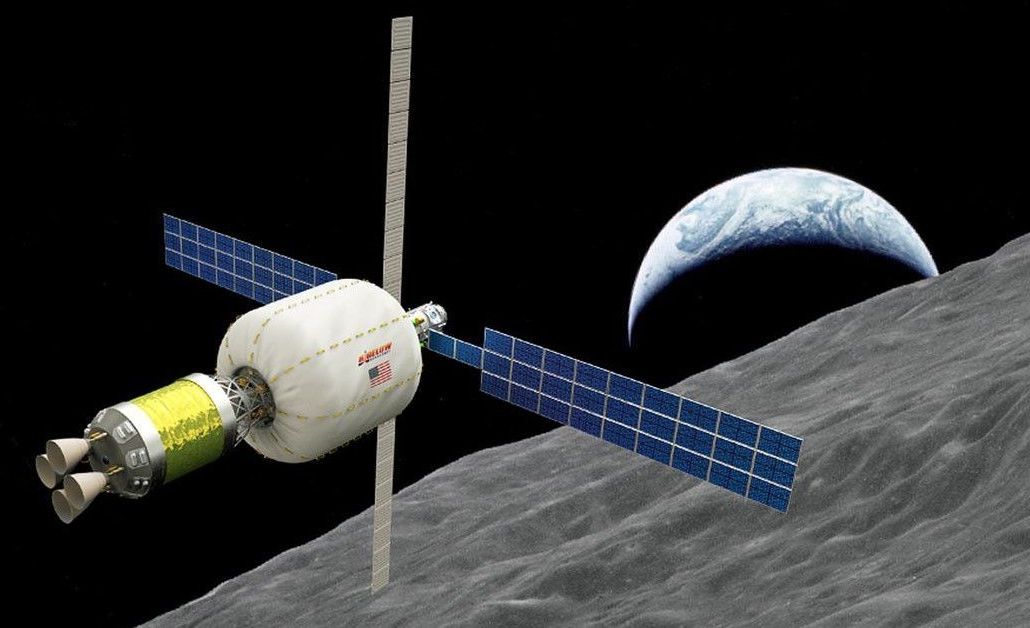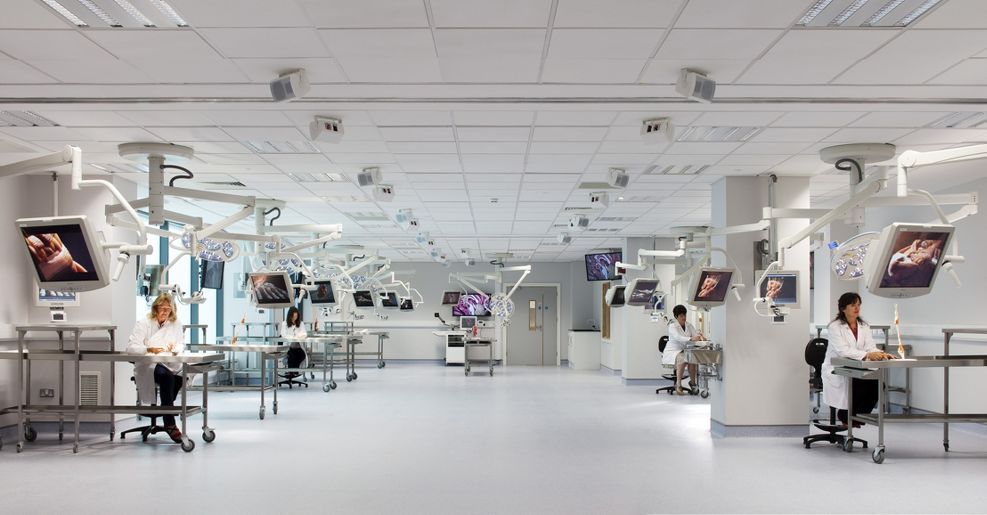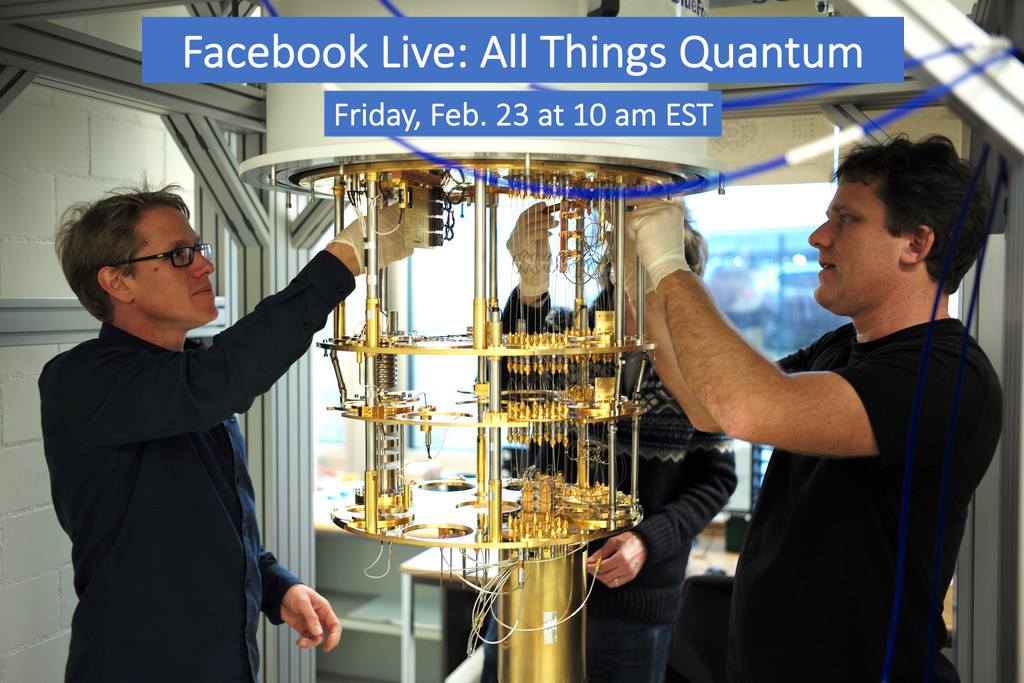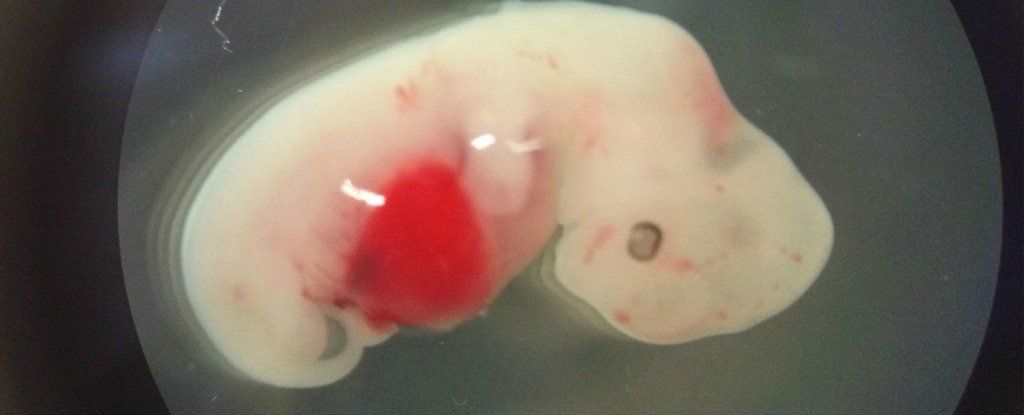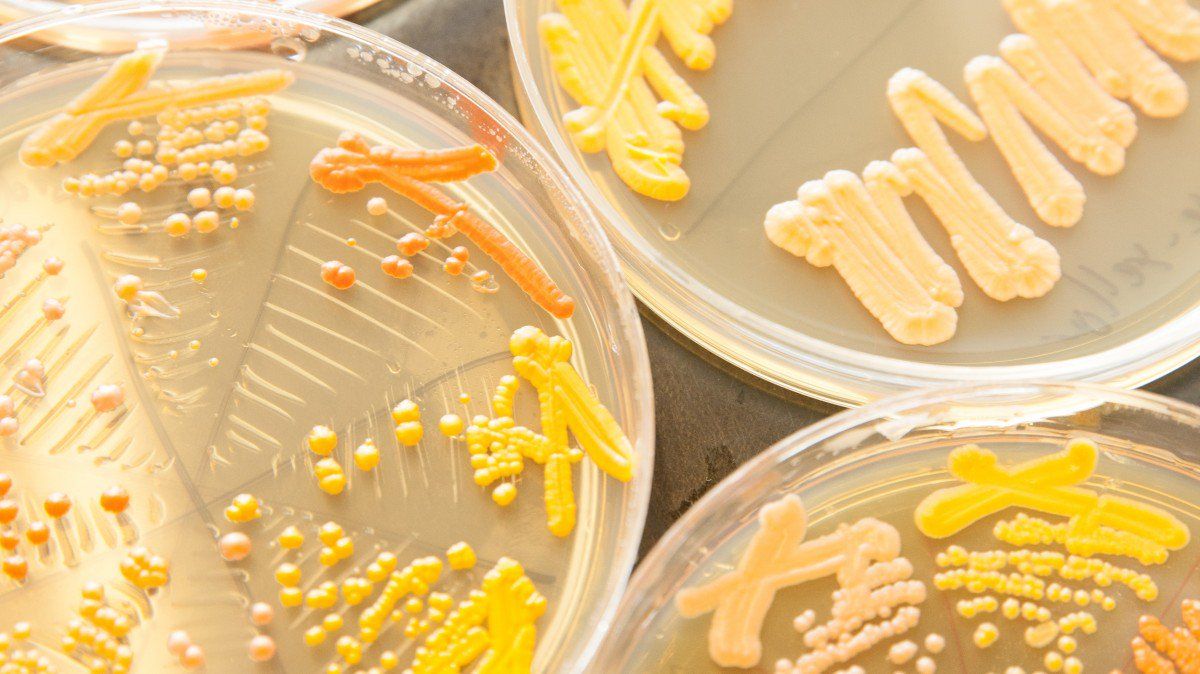Feb 22, 2018
Bigelow Aerospace’s new company will find customers for its space habitats
Posted by Genevieve Klien in categories: business, habitats, space
Bigelow Aerospace — the Las Vegas-based company manufacturing space habitats — is starting a spinoff venture aimed at managing any modules that the company deploys into space. Called Bigelow Space Operations (BSO), the new company will be responsible for selling Bigelow’s habitats to customers, such as NASA, foreign countries, and other private companies. But first, BSO will try to figure out what kind of business exists exactly in lower Earth orbit, the area of space where the ISS currently resides.
Bigelow makes habitats designed to expand. The densely packed modules launch on a rocket and then inflate once in space, providing more overall volume for astronauts to roam around. The company already has one of its prototype habitats in orbit right now: the Bigelow Expandable Activity Module, or BEAM, which has been attached to the International Space Station since 2016. The BEAM has proven that Bigelow’s expandable habitat technology not only works, but also holds up well against the space environment.
